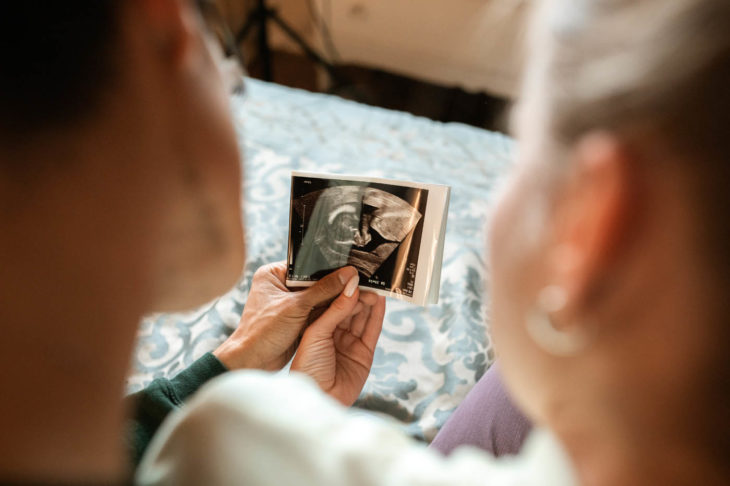
July 25th, 1978 is a big day in reproductive science history. That’s the birthday of the first “test tube” (IVF) baby, Louise Brown. In the 43 years since Louise Brown’s birth, the field of Assisted Reproductive Technology (ART) and IVF has virtually exploded. As better procedures come to light IVF becomes more common and more accessible to couples who struggle with fertility.
IVF and ART are so common, in fact, that a whopping 33% of Americans say they or someone they know used a fertility treatment to try to conceive, and about half of all college-educated adults fall into the same category. In 2019, which is the latest data available, 77,256 babies were born as a result of ART, with more than half as a result of IVF.
The success rates for IVF vary depending on the related diagnosis. But suffice it to say that as science progresses in the field of reproductive medicine the rate of success will only improve. What was once a complicated endeavor is now a bit easier, especially with the newer alternatives to traditional IVF protocols. Here are the latest alternative IVF protocols.
Natural Cycle IVF
Natural cycle IVF is an alternative approach to traditional IVF. In the traditional IVF protocol, the focus is on the quantity of eggs your body produces. The doctor then retrieves, or harvests, those eggs in a single cycle. The reason being the more eggs the greater the chances of viable embryos. The natural cycle IVF protocol takes the focus off of quantity and uses the one (sometimes two) egg your body produces naturally.
Instead of using medication to stimulate your ovaries the natural cycle IVF protocol involves your doctor monitoring your cycle using ultrasound and blood work. Once the egg is mature your doctor harvests the single (or sometimes two) egg as an outpatient procedure. The lab creates the embryo and it’s transferred directly into the mother’s uterus for implantation.
As with all IVF protocols there are advantages and disadvantages to the procedure. For women who are unable to ovulate without intervention natural cycle IVF isn’t an option. Also, if the quality of the egg is low, you may need additional cycles to conceive successfully. But, for women who don’t respond well to fertility medications or who are of advanced maternal age this protocol is a great option. There’s no need to wait between cycles when using natural cycle IVF and there are no uncomfortable side effects due to fertility medication.
Minimal Stimulation IVF
Also known as mini IVF or gentle IVF minimal stimulation uses lower doses of fertility medication than the traditional method. With traditional IVF the patient injects a hormone into her body which causes her to produce a greater number of eggs. Mini IVF uses an oral medication which induces ovulation.
This means there are fewer side effects and less discomfort from the medication, such as injection site pain and symptoms of bloating, mood swings and discomfort. Mini IVF also lowers your risk of developing ovarian hyperstimulation syndrome (OHSS). With OHSS your body overreacts to the hormonal stimulation and your ovaries swell. Your swollen ovaries potentially cause nausea and vomiting, pain and put you at greater risk for ovarian cysts and a condition called ovarian torsion which impacts your fertility even more. Choosing gentle IVF also gives you an option if you aren’t real keen on injections. Mini IVF requires fewer blood draws and less monitoring which means fewer office visits.
The minimal stimulation IVF protocol is a wonderful opportunity for those who want to avoid their exposure to high doses of fertility medication and wish to reduce the time commitment associated with conventional IVF. The best candidates for mini IVF are:
- Under the age of 30
- Have tubal factor infertility
- Have a greater risk for complications from higher dose injectable medication
- Those with diminished ovarian reserve who haven’t responded well to the injections used in conventional IVF.
The minimal stimulation IVF protocol produces more eggs than natural cycle IVF, typically 1-4 per cycle, increasing your odds for viable embryos. Think of mini IVF as a bridge between natural cycle IVF and conventional IVF.
The Goal Remains the Same
With alternative IVF protocols there are more options. But with each type of IVF the goal remains the same; to achieve conception, a healthy pregnancy and delivery of a healthy baby. If you’re concerned or have questions regarding your fertility please contact the professionals at LA IVF. We offer options for cutting edge reproductive technology with a wart and compassionate approach. Let us help you on your journey to family.


